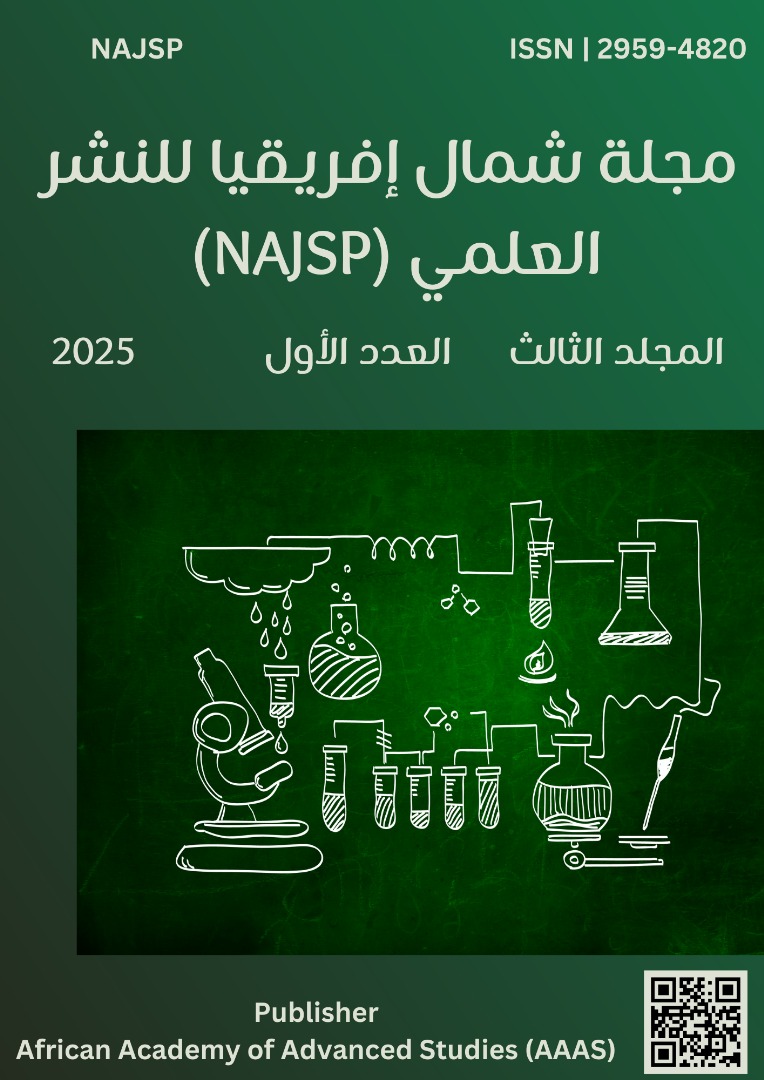Advancements in Photodynamic Therapy for Nonmelanoma Skin Cancers
Keywords:
Photodynamic Therapy (PDT), Photosensitizer, Nonmelanoma Skin Cancer, Reactive Oxygen Species (ROS), Dermatological ApplicationsAbstract
Photodynamic therapy (PDT) is a minimally invasive therapeutic modality that employs a light-activated chemical reaction to selectively destroy pathological tissue. This reaction relies on three essential components: a photosensitizing agent, a light source emitting within the agent’s absorption spectrum, and the presence of molecular oxygen. Among the most widely studied and clinically approved photosensitizers are 5-aminolevulinic acid (ALA), primarily used for actinic keratosis (AK), and methyl aminolevulinate (MAL), approved for the treatment of AK, basal cell carcinoma (BCC), and Bowen's disease. Light-emitting diode (LED) sources have become standard in PDT due to their wavelength specificity and safety profile, particularly in the treatment of nonmelanoma skin cancers. PDT offers significant therapeutic advantages in patients with superficial, multiple, or widespread lesions, and has demonstrated particular benefit in immunocompromised individuals who may not tolerate invasive procedures. Beyond oncologic indications, recent advancements have extended PDT applications to various inflammatory and infectious dermatological conditions, including photoaging, acne vulgaris, hidradenitis suppurativa, psoriasis, viral warts, scleroderma, and cutaneous leishmaniasis. This article presents a comprehensive review of the underlying mechanisms of photodynamic therapy, its clinical indications, therapeutic outcomes, and future potential in dermatological practice.
Downloads
Published
How to Cite
Issue
Section
License
Copyright (c) 2025 Hana Alazoumi Abdulsalam, Tibrah Misbah Mohammed, Suad Ali Uneis, Sumia Abdallah Almukhtar, Ahmed Mohammed Alqeeb

This work is licensed under a Creative Commons Attribution 4.0 International License.






